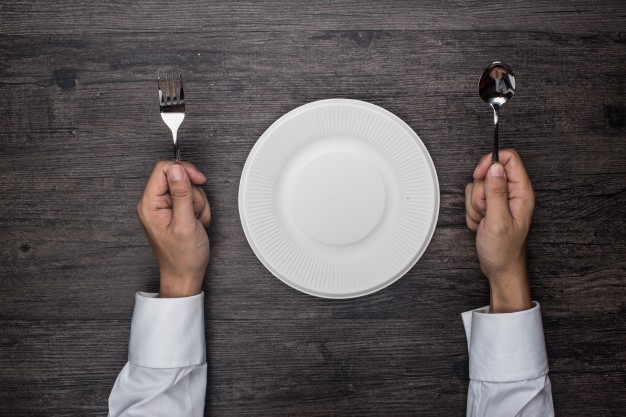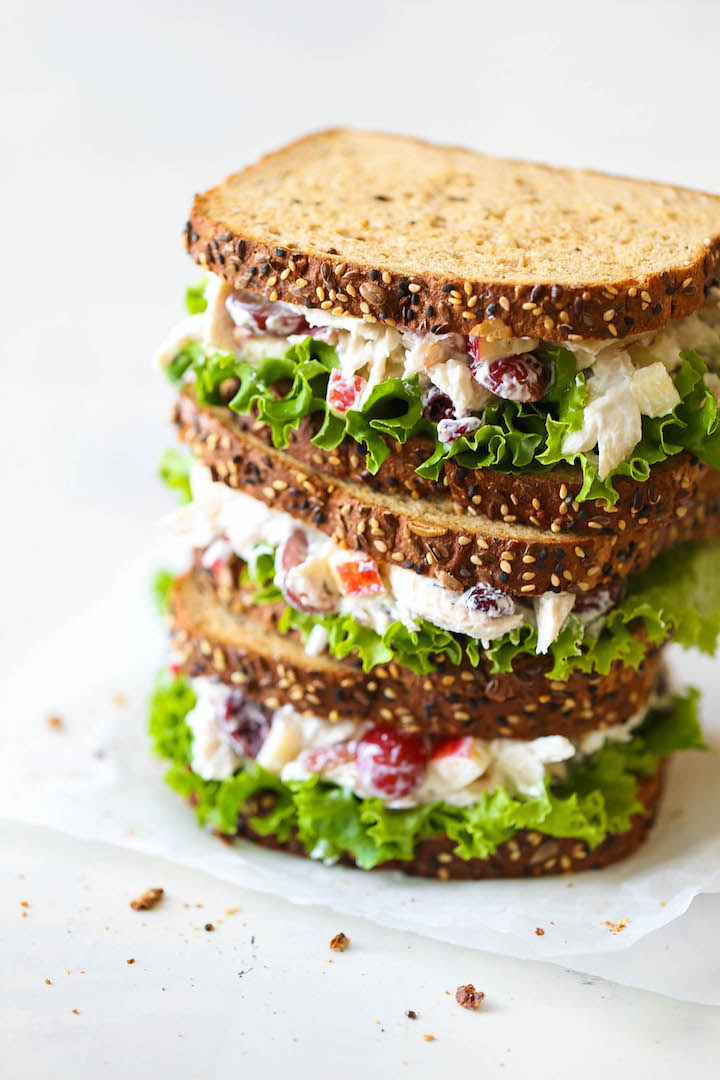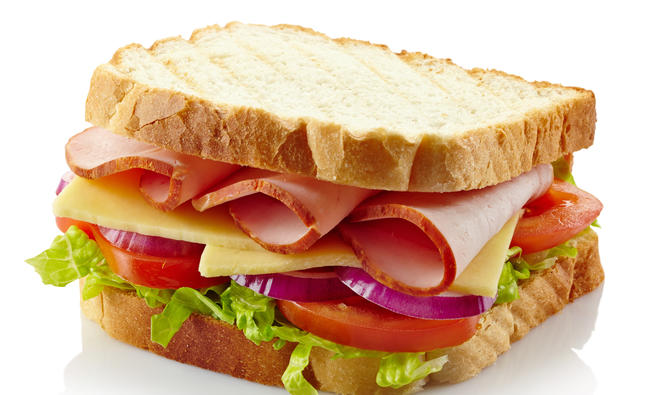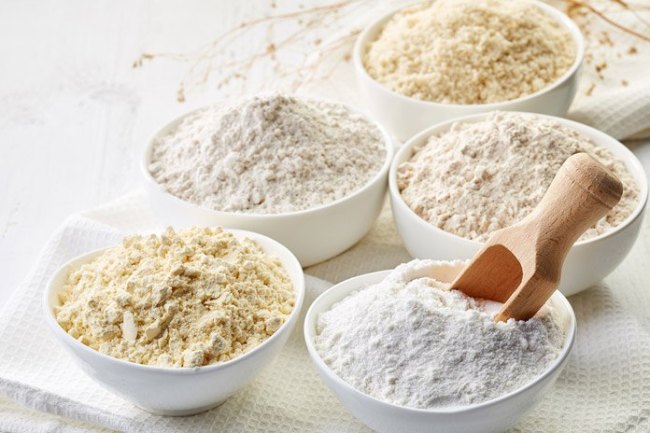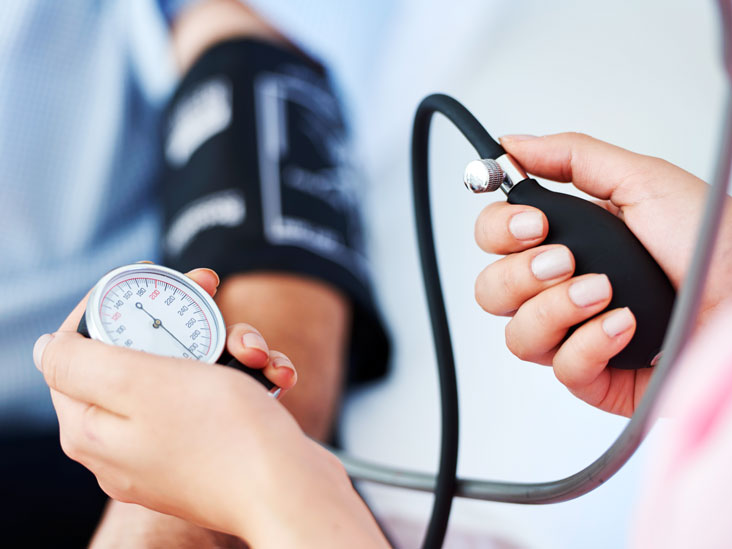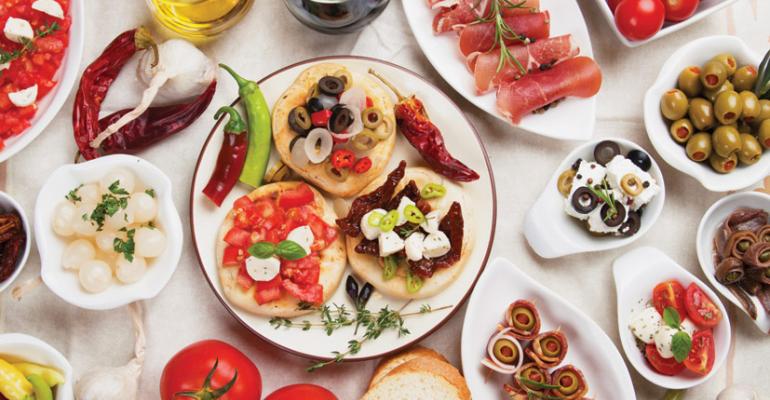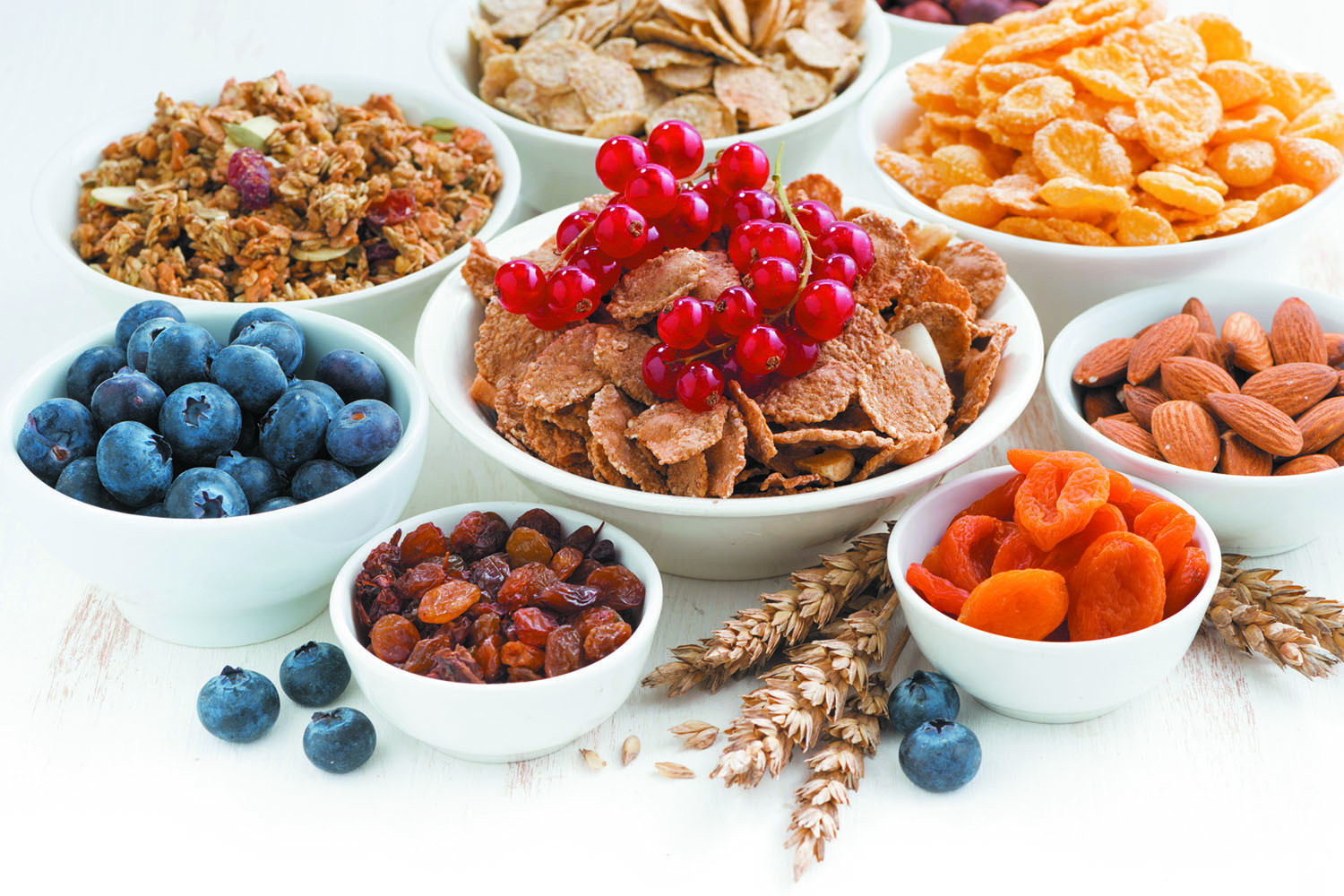Dear Pooja,
I have erratic work hours and don’t get to eat on time. I do carry small snack pouches with walnuts, almonds, anjeer and small boxes of kurmura. I munch on fresh fruits between meetings sometimes. These help me through the day. However, after seven in the evening, sometimes our conference meetings last for continuous hours (8pm to 11pm). I know it is not right to eat late but staying up for so long (I reach home by midnight) makes me very hungry. What is the ideal food / drink that i can have before i sleep? I cant go to bed so hungry but I dont want to eat anything heavy or anything too sweet.
So happy to hear that you have learned the magic of eating small frequent snacks through the day and carry a handbag as heavy as mine – stuffed with more food than any other little things! LOL! Keep that up!
Of course you can’t sleep on an empty stomach – no one can. I know people have their own busy chaotic schedule and food doesn’t fit into the pattern many times. But you are doing a great job through the day and you could continue doing the same through the latter end as well. I’d suggest you should have your dinner early just before you enter these long marathon meetings. It could be simple frankie wraps or stuffed rotis or mixed rice with sprouts and veggies or a sandwich (all of these taste fine even when eaten cold). Through the meetings you could just gobble down a biscuit or some chana on your way in or out of a quick loo break – that way you still eating two hourly. And then once your home you are not ravenous since you ate a filling meal at 8pm (and every two hours in between) so now you could have a warm soup or a bowl of dal or a cup of milk with little fruit immediately as you reach. By the time you unwind and get into bed a good 30-45 minutes have passed and you are then good to call it a day and snooze! Good luck! And never stop the small frequent snacking.
Whether it’s weddings, family functions or just dinner with friends, food is often tied to a host of social obligations. It’s difficult to say no when someone offers food. They may feel bad, insulted, if it’s a wedding… The goal of eating is to feel better, not guilty, afterwards. If you eat under pressure, you will not enjoy your food nor stick to your health goals. How does one tackle such situations?
We’ve devised some tactics to confront these tricky situations.
PREPARE
Tank up on soup and salad before going out. You’ll feel full and won’t end up overeating, and you can stick to a few small portions of the healthy options. Also, if the diet doesn’t come to you, bring the diet to your friends. Take salads and other low-cal dishes to the next party and put them on the table next to the creamy dips and fried food. That way you can still eat healthy for most of the evening and your host will appreciate the effort you have made. Everybody wins.
APPRECIATE
When someone wants you to eat food they have prepared, what they really want is for you to appreciate the effort they have made. You could say things like, “You have really outdone yourself this time, the place, table and food look fabulous! “ or “You are such a wonderful hostess! I am having a great time! “ Also, compliment the food early, and often. The more you compliment the dishes, the more people will think that you have eaten a lot even when you haven’t (*wink*).
POSTPONE
This is an especially good tactic for dessert. Postpone eating rich desserts by saying that you are full now so you will eat it in a bit when you can really enjoy it. Chances are your host will not ask you the second time around, as he or she will be preoccupied with other guests. But if they insist, you can ask if you can take the dessert home with you. Whether you eat it at home or not is your little secret.
ASK
Tell your host beforehand that you are on a healthy eating programme, and that you might not be able to eat much at their house. It’s always better to enlist the support of your family or friends when you are trying to lose weight. Tell them you would appreciate their help. They will be much more obliging to help you along your weight loss journey.
Seemingly innocuous, flour has im mense power. Embedded in each grain are nutrients impatiently waiting to jump out and help your body combat diseases, and support you with your personal health goals. But how do you choose bread that’s good for you?
Different flours have different powers.Let’s sift through the grain.
- WHEAT-BASED FLOURS
Most of the wheat or atta used in Indian cooking is culled from the semi-hard wheat varieties or durum that are easily available, versatile, power-packed, tasty and good for you. Atta, cracked wheatlapsi fada and semolina sooji are all high-fibre, and are sources of both healthy carbs and fats. They have been associated with the reduction of bad cholesterol and high blood pressure and mitigate the risk of diabetes as well.While it is true that maida or refined flour -also part of the wheat family -has less fibre than its cousins, that doesn’t mean it’s fattening. The only difference is that it goes through your body faster and does not require as many calories to digest it digestion also burns calories. However, all wheat-based flours have gluten. So, those with gluten allergies need to take note.
- MILLET-BASED FLOURS
Flours from the millet family (millet is a small-seeded grass) are gluten-free. If you have gluten allergy, the millet family can be your choice of flours. Jowar, and its close relative, bajra, both belong to the millet family. Jowar lowers the risk of heart diseases as well as cholesterol. It also has cancer-fighting properties because of the presence of antioxidants, and brims with protein, calcium and iron. Bajra is a great source of energy, aids diges tion, is good for the heart, and with its ability to increase insulin sensitivity, is also great for diabetics.
- RAJGIRA AMARANTH FLOUR
The Indian kin to the superfood quinoa, this flour -made from the seeds of the amaranth plant -is a tasty non-gluten option. Rajgira has high iron, calcium, protein and antioxidant levels. Since it retains the hull during the process of making atta, the nutrients are retained.
- RICE FLOUR
Used a great deal in Southeast Asian cooking and in Indian dishes, like neer dosa, rice flour is good for those with gluten intolerance.
- SOY FLOUR
Soy beans are ground to make soy flour, which comes in full fat and low fat op tions. It bursts with vitamins and minerals, and is also one of the best vegetarian sources of Omega-3 fatty acids. Soy protein is great for women post menopause and also for elderly women.
- QUINOA FLOUR
Quinoa is a 100 per cent vegetarian reference protein which means that all the protein present in it is absorbed by the body. The only other food that does this is egg white, a non vegetarian option. The flour can be made at home simply by mashing up the quinoa and using the powder for any dish.
Ultimately, it’s how you treat your flour that takes away or adds to its benefits. Bathing it in ghee, oil or sugar will cancel most of its benefits.
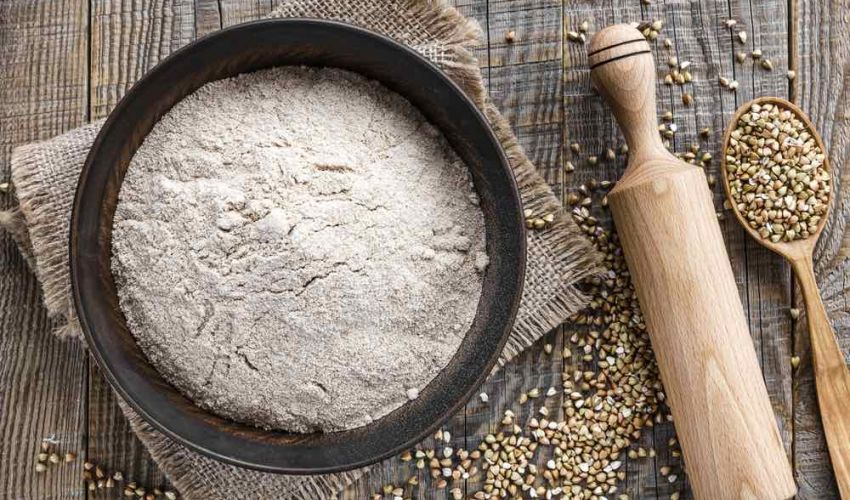
If your blood pressure consistently starts to hit the roof, check if you have hypertension. Hypertension is when an individual suffers from consistent high blood pressure; even when he’s resting. While hypertension on its own doesn’t necessarily produce symptoms, this condition could lead to a number of related health problems over time to include heart diseases and stroke. So, while you may still need to sort this condition out medically, you’d be surprised at how effectively hypertension can be dealt with nutritionally.
So many conditions -ranging from diabetes and obesity to heart diseases -can be managed and even cured by the food we eat. While a balanced diet works to ensure that your overall health is well managed, for hypertension, you have to take extra care. In other words, it’s time to get hyper about the following:
REDUCING SODIUM
Sodium, or salt, increases blood pressure. If you have been diagnosed with hypertension, cut down on your salt intake. And it’s not just the obvious addition of salt to your daily cooking.Even packaged and processed foods come with their own sodium content. Read the nutritional label to en sure that the intake is permissible.Sometimes, sodium content can mask itself in the form of com pounds like sodium benzoate (a commonly used food preservative). Check if any ingredient has the word `sodium’ before it, and avoid those. To manage hyper tension, the recommended sodium intake per day should not exceed 1,500 mg or 1.5 gm, which is about half a teaspoon. You may also need to watch out for high-sugar beverages and foods, which impact your blood pressure as well.
POTASSIUM AND MAGNESIUM
Where there is low sodium, there is also high potassium and magnesium.Potassium is actually present in tiny quantities in certain fruits and vegetables. Your body only needs these small quantities, and introducing foods with potassium will help reduce hypertension. Fruits and vegetables are excellent sources of potassium and magnesium. Bananas, muskmelon, plums and peaches are a superb source of potassium; plus, they are cheap and easy to carry around for a healthy mid-day snack. Potatoes are high in magnesium and potassium.Leafy vegetables also help manage hypertension beautifully.
WHOLE GRAINS
In addition to the above, eat more whole grains, fat-free or low-fat dairy products, poultry, beans, nuts, seeds, fish and veg etable oils. I would also recommend a glass of raw vegetable juice (juice of three or more types of vegetables) blended coarsely in a blender, not a juicer. Drink up im mediately once a day to pave the way for good health.
FRESH FOOD
Buy fresh foods, chuck canned food, eat at home rather than dining out, and you may soon reach a day when your hypertension just disappears! Cutting down on processed foods, snacks and fast food in general is essential. Watch out for canned goods and cured meats too; they could have high sodium con tent because of the way they are preserved or prepared. And word to the wise: if you are going all out on salads, try and avoid salad dressings that are high in fat and sodium.
This could be a setback for your sodium management.
Dietary approaches to manage hypertension are highly recommended because of how easily accessible these foods are. A healthy, balanced diet will also help you be in better shape.
The chance to sample different cuisines from different parts of the world can be as exciting as seeing the Eiffel Tower or the Northern Lights. But nobody wants to come back from a vacation all happy and then cry about not fitting into their clothes. Sometimes, you can’t tell what’s on a menu in a foreign country. Here’s a guide to choose better.
ITALIAN
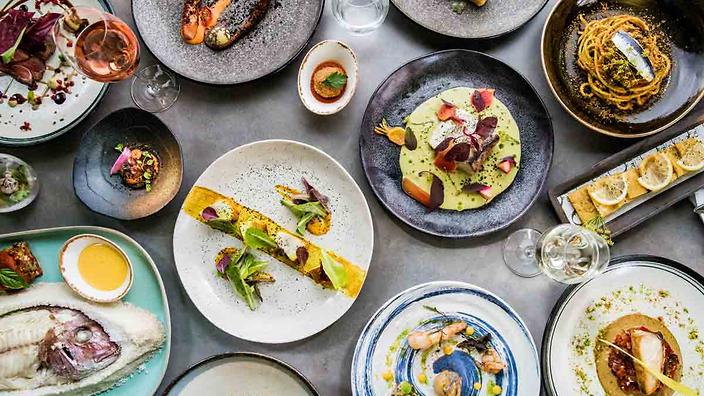
Order these: Minestrone soup, chicken masala, grilled white meats (like chicken or fish), leafy salads, pasta (in tomato or marinara sauce with little olive oil and no cheese), cappuccino with skimmed milk and fruit sorbets (with no added flavours or syrups).
Skip these: Caeser salad, pasta in alfredo or bolognese sauces (or anything in a white sauce), lasanga, ravioli, cannelloni, fried calamari or anything fried, gelato, tiramisu, anything in `parmigiana’ (it’s loaded with cheese).
CHINESE
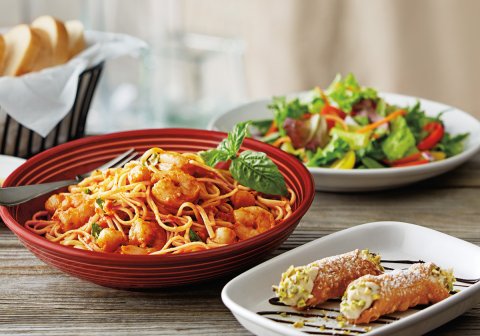
Order these: Chicken prawn vegetable suimai, seafood or vegetable cheung fun, prawn chicken vegetable dim sum, steamed bread or mushroom chicken bun, tom yum soup, wanton soup, chicken vegetable noodle soup, steamed rice, soft stewed rice with vegetables, soft stewed noodles, steamed prawns in lemon sauce, steamed fish in soya, ginger and spring onions, chicken prawn exotic vegetables in hunan or oyster sauces.
Skip these: Fried wantons, steamed dim sum in chilli oil, Peking duck, pork bun, salt and pepper fried chilli prawns, fried chilli chicken, sesame prawn toast, Szechwan chicken, chicken fish vegetarian manchurian, spare ribs, kung pao chicken potato, chowmein, lomein, anything with the word `golden’ or `crispy’ in it as that means it is fried.
JAPANESE
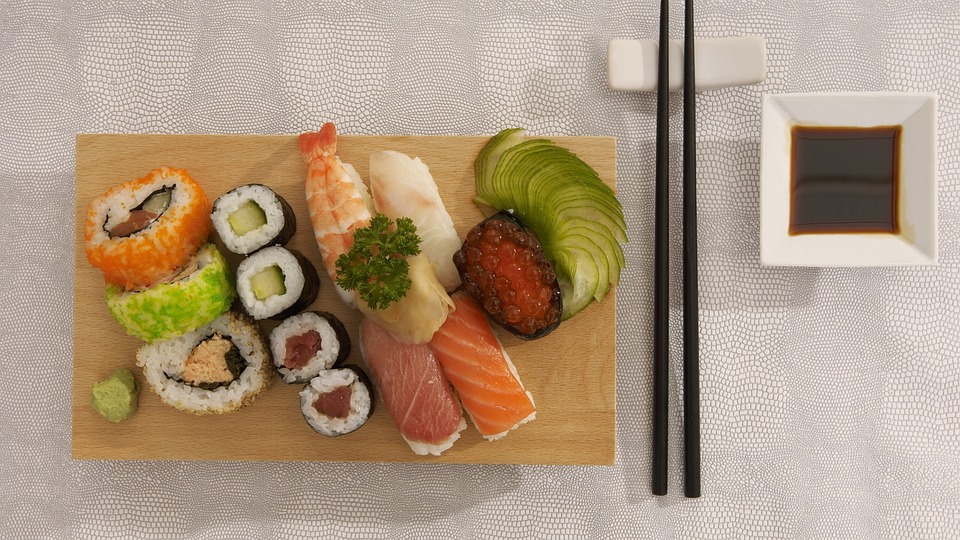
Order these: Sushi especially nigiri sushi (rice and seaweed) made with cooked crabs, salmon, bass, yellowtail, tuna, squid, scrambled eggs, tofu or vegetables, sashimi, maki rolls (raw salmon, tuna, squid or prawn) with no cheese, miso soup, oshinko, steamed edamame, teppanyaki dishes (prepared with no oil), sukiyaki dishes (cooked at the table and you can supervise the oil content), okonomiyaki pizza, broiled sea bass (or any fishseafood) with soya or ginger sauce, ocha or green tea, soba noodles.
Skip these: Tempura, dragon rolls, chicken teriyaki, yakitori, fried dumpling or gyoza, ramen noodles, breaded chicken katsu, green asparagus tempura or sautéed with soya butter, foie gras teppanyaki, sake.
MEDITERRANEAN
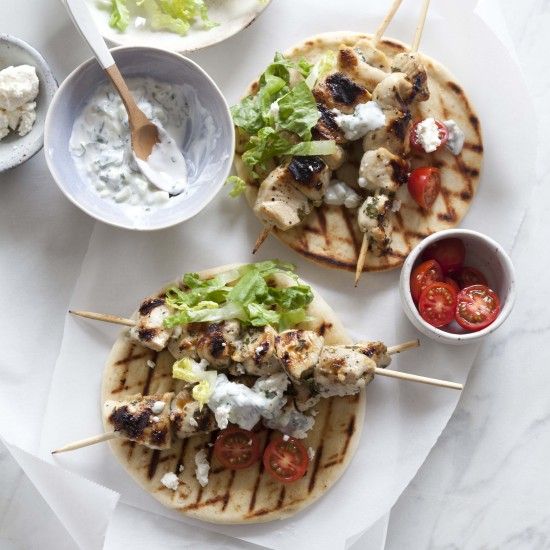
Order these: Baba ghanoush (without extra olive oil), hummus, tzatziki, Greek salad and horiatiki salads (with reduced feta cheese and dressing on the side), souvlaki, dolmades, keftedes (baked, not fried).
Skip these: Moussaka, pastitsio, spanakopita, deep fried calamari, tiropita, falafels, red pepper feta, saganaki cheese, gyro platter, baklava, baklava cheesecake.
Carry nuts and fresh fruit with you wherever you go, and steal in quick snack breaks which will help keep your blood sugar stable and make you less prone to stuffing yourself with sugary pies. And stay hydrated: the hunger and thirst centres in your brains are so closely located next to each other, sometimes you crave food when all you want is water.
The human digestive system is complicated. It’s designed to masticate, digest, absorb and expel food from our body. Different parts of the body have different jobs cut out, and just like a factory machine, what we consume needs to move at the right speed from one body part to the other. That’s where dietary fibre comes into play. Fibre is to the digestive system what oil is to a machine; without it, everything comes to a grinding -and often painful -halt.
HOW FIBRE HELPS
Your bowels: Let’s start from the bottom. Healthy fibre intake impacts bowel movement the most. A normal-functioning digestive system will produce regular bowel movements that are predictable. The more regular your bowel movements, the slimmer the chance of waste and bacteria build-up inside your body.
Your digestive system: Dietary fibre also helps to keep the rest of the digestive system running and prevents blockages, slow movement of food material, bloating and uneasiness.
Your blood sugar: Dietary fibre is known to slow down the absorption of sugar from food to ensure that it is assimilated far more gradually.When your body is pummelled with high quantities of sugar, it can affect or worsen conditions like diabetes. High fibre foods help your body to balance out so that you don’t suffer from high or low sugar.
Your heart: Fibre helps in stabilising blood pressure, it reduces cholesterol and inflammations in the digestive system, thereby lowering the strain on the heart.
Your weight: High fibre foods make you feel fuller and are often eaten slowly. This helps to control the intake of food, and therefore, your weight.
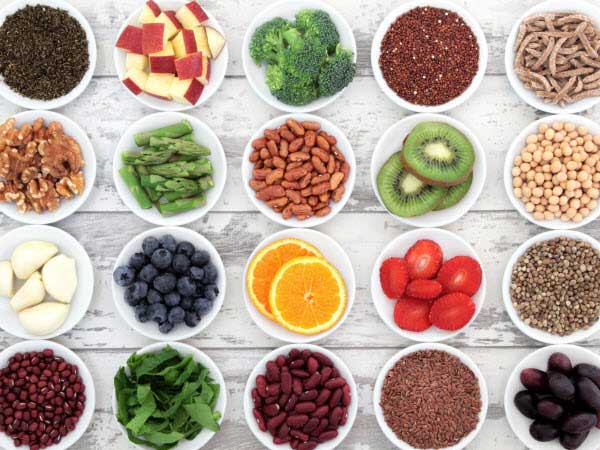
How do we stock up on fibre?
Fear not.You’re probably having a lot of it already. Fibre is the bulky stuff that your body doesn’t actually absorb and can be either water soluble or insoluble. Both these types are important to let the digestive system run like a Swiss train schedule. Soluble fibres -once dissolved in water -form a kind of gel that slows down the emptying of your stomach, helping you feel full for a while. Sources of soluble fibres are oats, apples, beans, carrots, citrus fruits and peas. Just remember one thing when we talk about getting the benefit of fibre from fruits, we mean whole fruits and not juice made out of them. Juicing removes your fibre intake, which sort of defeats the purpose.
Insoluble fibre is the stuff that promotes the actual movement of food through the system. You can get your fix from servings of whole wheat, nuts, beans, cauliflower and potatoes. Most fruits and vegetables like the ones listed above have both soluble and insoluble fibre, though some are better for you (consult your doctor to know what suits your body).
So, there you have it. Dietary fibre can be found in nearly all healthy food items. It’s important to eat healthy servings to make sure that good digestion becomes a smooth and effortless process.

It’s 3 am. Sharp pains have suddenly awakened you. Last night’s memories of a fab dinner with friends now clash uncomfortably with the real time sensations of a full-fledged nuclear war in your stomach.
Indigestion is more common than you think. Symptoms include acidity, nausea, bloating, belching, burning sensations in the stomach or the upper abdomen, abdominal pain, gas and even vomiting.
Sometimes confused with heartburn, indigestion could be attributed to a number of causes from medical conditions (ulcers, irritable bowel syndrome, stomach infections and more) to medication (aspirin, painkillers, antibiotics, oral contraceptives). Lifestyle habits (eating too fast, eating in huge quantities, eating food that’s high in fat or eating under stress) are also culprits. Additionally, if you consume too much alcohol, smoke too much or are stressed or fatigued, you are more prone to indigestion than others. Here’s what you should -and shouldn’t -eat to help you ease the digestive process.
Stomach this Fibre: Foods high in fibre are wonderful for your digestive system. But there’s no need to scarf down unappetising or strange foods. You need to up your intake of wholewheat bread, brown rice, oats and beans, fruits and vegetables.
Water: Water is a key lubricant for your digestive system. It facilitates the easy movement of waste, softening your stools in the process, helping prevent constipation. It also helps your body break down the food you have eaten.
Drink 8-10 glasses a day.
Drinks: Caffeine-rich drinks such as colas, teas, coffees and other fizzy drinks worsen indigestion as they increase the level of acidity in your body. Fizzy beverages also lead to bloating. For relief, ditch the above for herbal teas, milk or just plain water.
Probiotics: Probiotics are `good’ bacteria, which are natural ly found in the gut, and have been associated with host of health benefits, including aiding digestion.
Food companies have started producing probiotic milk, drinks, dahi and even ice-creams.
NOT THIS Spices: In India, it is as hard to let go of spicy foods as it is to limit your intake of tea and coffee. Spices have been known to trigger stomach ache and heartburn, so if you find yourself in pain or discomfort regularly, try and limit your consumption of heavy, spicy meals. And if you can avoid spices completely, nothing like it!
Fat: Your body finds it harder to digest fatty food items like burgers, French fries and samosas. And this is why they cause you a great deal of discomfort. The more you cut back on difficult-to-digest fried and greasy foods, the more your stomach will thank you for it. Bumping up your intake of skimmed milk and low-fat foods will spare you both the pain and the weight gain.
While this is a general list, it’s always best to keep track of the foods that work or don’t work for you. Try and keep a diary of the food you eat for a week or two to figure out what’s behind that episode of nausea or gas. You may even realise that you are lactose intolerant, and that dairy was the culprit after all.
And lastly, please do take time out for yourself to relax your mind, and ease your stress. Indigestion is aggravated by anxiety and it’s important to free your mind to free your body.

Can’t do without it, and definitely can’t do with too much of it. Salt is a chemical compound called sodium chloride 40 per cent sodium and 60 per cent chloride. Studies recommend that the upper limit of salt for adults is anywhere between 3.75 5 gm (sodium intake between 1.5 2.3 gm per day) which actually measures to just a tsp of salt per day. This is the ideal amount of salt for all healthy adults without high blood pressure, diabetes or cardio-vascular diseases.
WHY DOES THE BODY NEED SALT?
Cutting back on added salt is a small way to avoid over consumption. Do remember that you don’t need to add salt to all the food items you are consuming 75 per cent of the salt you eat is already present in everyday food items, like bread, breakfast cereals, ketchup and a lot of canned foods. Fortunately, nutrition labels on most ready made foods indicate the salt content in them. (1 gm sodium = 2.5 gm salt; so if you know how much sodium is present in a food item, you can roughly know the amount of salt it contains). Here’s how you can decode the labels: High salt content: If the salt content is higher than 1.5 gm per 100 gm of the food product, the sodium content mentioned will be 0.6 gm per 100 gm. Low salt content: If the salt content is 0.3 gm for less per 100 gm of the product; equivalent sodium content would be 0.1 gm per 100 gm.
Medium salt content: Foods between high and low figures. e Also note that dis-solvable vitamin supplements and painkillers contain up to one gm of salt per tablet. It would be advisable that you switch to non-effervescent counterparts, especially, if you have been asked to watch your salt intake.
WHY TOO MUCH SALT IS BAD FOR YOU
If you binge on foods that are too salty, you feel bloated and puffy hours later. This is be cause eating too much salt causes your body to retain more water, which increases the blood volume. This furthur leads to excess pressure on the blood vessels, thus demanding a lot of hard work from the heart in order to ensure smooth blood flow through the body. This is the main cause for high blood pressure and various heart dis eases. Other metabolic disorders associated with excess sodium intake include osteoporosis, kidney stone, asthma and gastric cancers.
SALTY FOODS ONE MUST AVOID
Cheese Pickles Papads Salted nuts Wafers, chips and other savoury farsan Soy sauce Tomato ketchup, mayonnaise and other ready-made sauces Breads Ready-to-eat soups, noodles, pasta
BALANCE THE SALT INTAKE
Focus on potassium
Increase in the level of potassium helps lower sodium levels, thus balancing blood pressure positively. Potassium rich foods include fruits like plum, peach, banana, muskmelon, avocados, orange, spinach, prunes, raisins and apricots to name a few.
Increase your water intake
This is the best way to flush out the excess sodium and maintain correct pH balance in the body. Aerated waters, sodas, energy drinks are unfavourable and can easily sabotage your efforts to maintain normal blood pressure.
Rinse canned foods
Vegetables and meat that are packed in brine (salt solution) always increase the salt content in the body.Rinse them to wash away extra salt.
Replace salt with herbs
Instead of reaching out for the salt shaker to add that extra flavour, season your food with citrus juices, herbs and spices.

